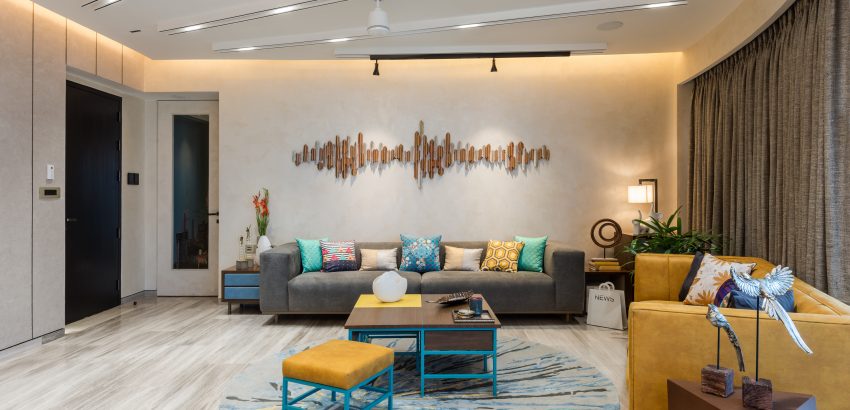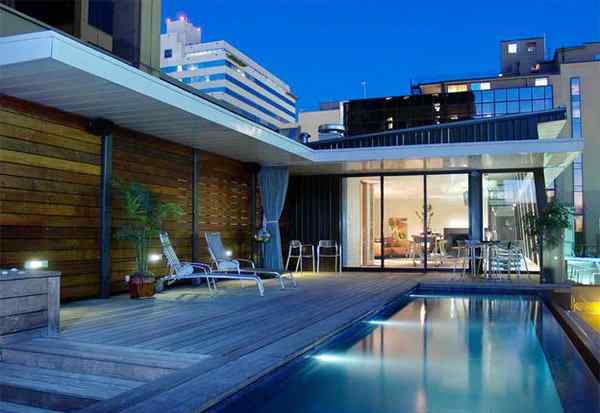How to Become an Luxury Interior Design

A qualified interior designer uses formal training to marry elements of design. Their skills include measuring space, choosing colors, and incorporating textures and patterns. They also use tools such as CAD software, tape measures, graphics tablets, and photo imaging software. A designer also lives in the home or office, where they can observe its features and functionality. A designer also coordinates with tradesmen to get the job done efficiently. These professionals must be willing to spend the time to get to know their clients’ tastes and preferences.
Before tackling a design project, an interior designer will discuss with the client their ideas and preferences. They may present sketches or 3D computer renderings of their proposed designs. The designs may include colors, themes, materials, fabric samples, lighting, ceiling finishes, fixtures, and more. They will also typically present a proposal for the project and a budget. Ultimately, the design will satisfy the client’s taste and budget. In the end, the client will be thrilled with the results.
While most states offer certification for interior designers, few require licenses for work in code-based settings, which usually refer to large commercial projects. A license from the National Council of Interior Designers (NCIDQ) is the most popular way to validate your skills as a professional designer. The NCIDQ exam consists of three parts, one assessing textbook knowledge and another evaluating your design experience. For aspiring interior designers, internships and small jobs for friends or family can serve as invaluable experience.
To be successful in this career, an interior designer must be creative and tenacious. Good communication skills are essential to the role. A designer must be able to communicate with a variety of people and be flexible when needed. They should be open to new ideas and be quick to respond to changing trends. Lastly, they should be a self-starter, able to handle deadlines and have good business sense. However, these aren’t the only skills that interior designers need to succeed.
Obtaining a post-secondary degree is a must for an entry-level position in the field. There are numerous formal interior design training programs offered through universities, colleges, or other postsecondary institutions. These programs take two to four years to complete, and will generally award an associate or bachelor’s degree. Graduates from these programs may qualify for entry-level positions as assistants to interior designers. They can also enter a formal design apprenticeship program.
While interior design is a creative career with many different aspects, an individual must be trained in building codes and other regulations to ensure that the space is safe for its intended purpose. A qualified interior designer Mornington knows the importance of building code compliance, the history of design, building codes, and the principles of sustainable design. They also have the skills and experience to work with a variety of people. The end result of a successful interior design job is a building that enhances its functionality and value.


